Ohio, a state blessed with its proximity to the Great Lakes and strategic position along migratory paths, boasts a rich assortment of aquatic birds. These feathered creatures, renowned for their striking colors and the picturesque environments they inhabit, have garnered immense admiration from bird enthusiasts and hunters alike. Delving into the world of Ohio’s waterfowl, we focus our attention on the captivating ducks that grace its landscapes.
DUCKS IN OHIO
Ohio is a haven for an impressive array of duck species, with a minimum of 18 distinct types making their presence known. While some ducks choose to make Ohio their permanent home, others opt for a seasonal stay during the breeding period. Below, we present a compilation of 18 confirmed duck species that proudly hold the status of part-time residents in Ohio.
1. GREEN-WINGED TEAL

Length: Approximately 12.2-15.3 inches Weight: Ranging from 4.9 to 17.6 ounces Wingspan: Spanning from 20.5 to 23.2 inches
In Ohio and across North America, the green-winged teal holds the title of the smallest dabbling duck. These remarkable birds visit Ohio during their biannual migration between breeding and wintering grounds, gracing the state with their presence in both fall and spring. Given their swift flight, these teal swiftly traverse the region, making it essential for avid birdwatchers to keep a keen watch on the skies during migration seasons for a chance to catch a glimpse.
Male green-winged teals showcase a distinctive dark green patch encircling their eyes, accompanied by a brown-colored head. On the other hand, females sport a brown plumage, with darker mottling adorning their heads and bodies compared to other dabbling ducks.
2. BLUE-WINGED TEAL
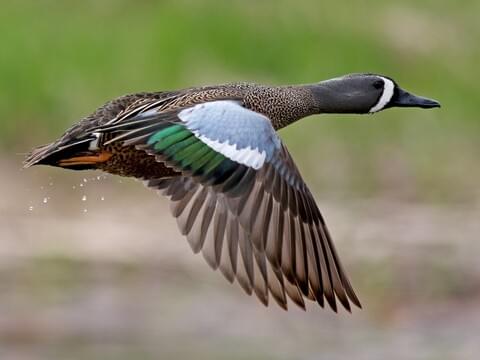
Length: Approximately 15 inches Weight: Around 1 pound Wingspan: Spanning 23 inches
Blue-winged teals exhibit a particular sensitivity to chilly temperatures, leading them to embark on their southward migration earlier than many other bird species. These teals exhibit a fondness for serene lakes and secluded backwaters, making such habitats their preferred stopovers. Starting towards the end of September, they commence their journey towards the south, with some individuals traveling as far as Colombia.
While a small strip of land along the shores of Lake Erie falls within their breeding range, blue-winged teals are primarily observed in Ohio during their migration across the state. Males flaunt a captivating appearance, featuring a black head adorned with a vibrant blue patch on their upper wings and a striking white crescent positioned before their eye. In contrast, the majority of females display a brown mottled plumage, adding to their camouflage.
3. MALLARD
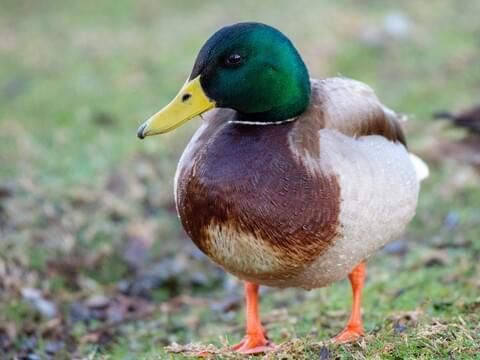
Length: Approximately 24 inches Weight: Ranging from 2.5 to 3 pounds Wingspan: Spanning 2.7 to 3.2 feet
Mallards, undoubtedly one of the most recognizable duck species, have earned a place of prominence in the collective consciousness. The vibrant green heads of the male mallards often take center stage in people’s mental imagery when envisioning wild ducks. These iconic waterfowl can be spotted in a wide range of habitats throughout Ohio, from tranquil lakes and ponds to thriving wetlands. They have seamlessly adapted to diverse environments, making themselves at home in cities, suburbs, and rural areas alike. Mallards have become a permanent and cherished fixture within this vibrant community.
4. PINTAIL
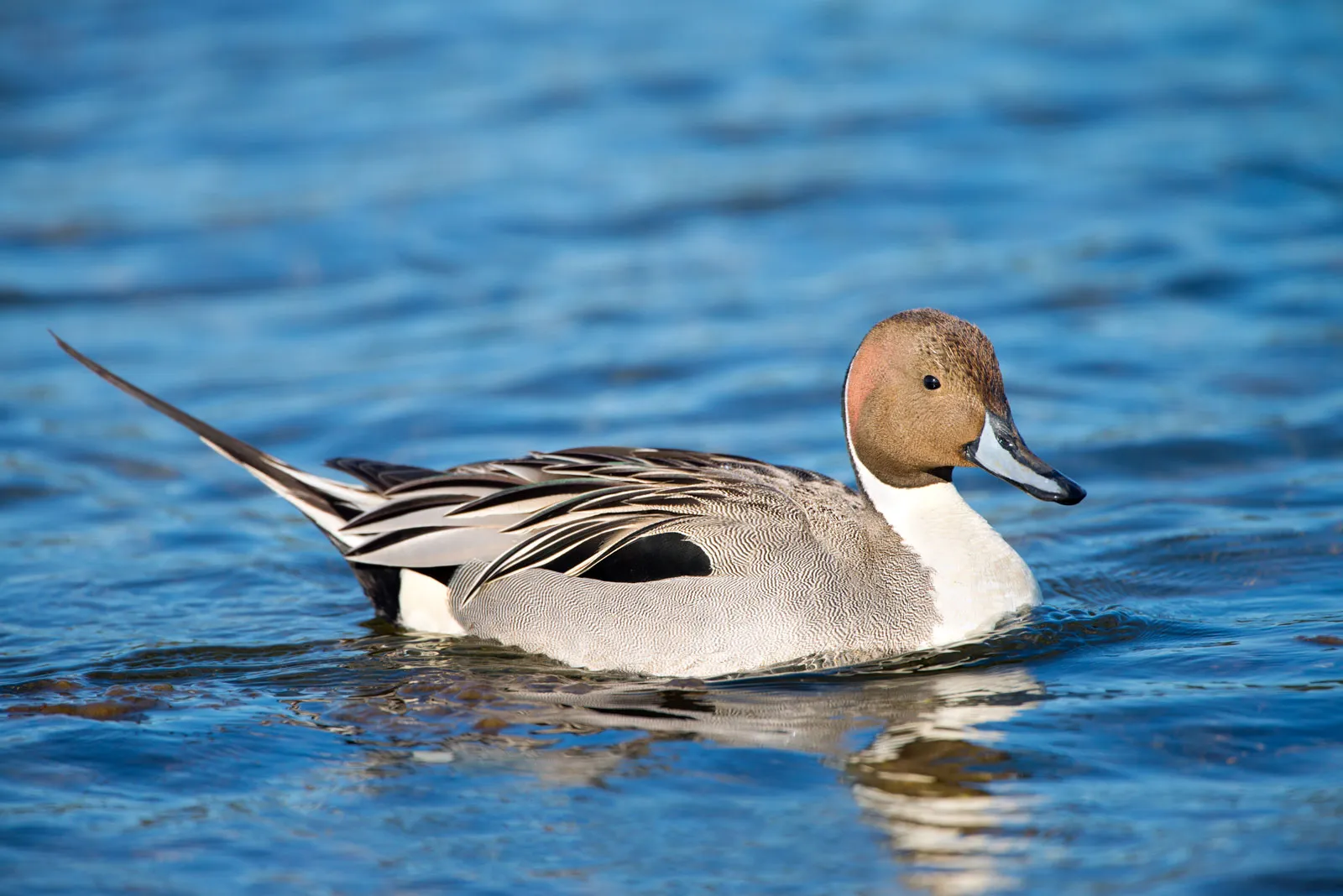
Length: Ranging from 23 to 30 inches Weight: Up to 3 pounds Wingspan: Spanning 31 to 37 inches
In Ohio, as well as across North America, the pintail stands as one of the larger duck species. These majestic birds undertake a notable migration through Ohio, following one of their key migratory routes. Additionally, in the northern region of the state, a population of pintails remains throughout the summer as a resident breeding population. Distinguished by their elongated necks and gracefully extended tails, male pintails exude an air of elegance and sophistication.
5. WIGEON
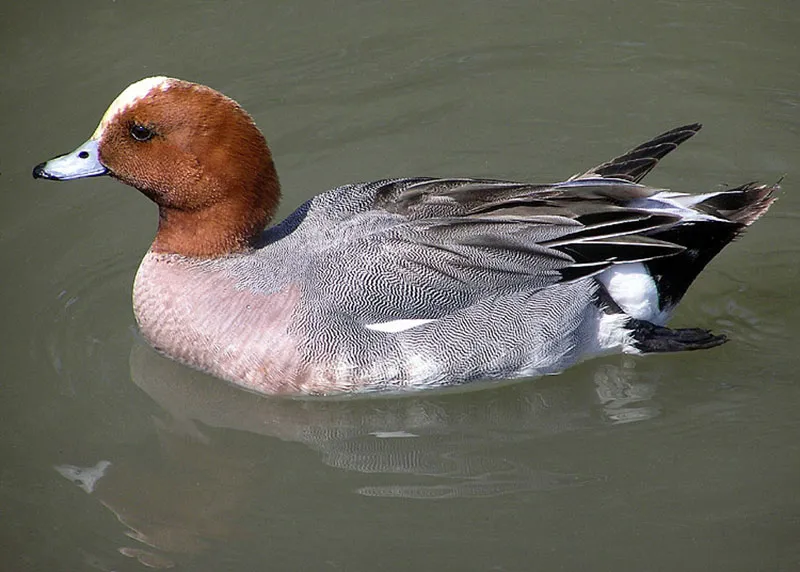
Length: Ranging from 17 to 23 inches Weight: Between 1 and 3 pounds Wingspan: Spanning 30 to 36 inches
Wigeons, while not permanent residents in Ohio, grace the state with their presence during the fall and spring seasons as they pass through. These captivating ducks exhibit a particular affinity for open wetlands, especially damp meadows, which serve as their favored habitats. As Ohio acts as a flyover state for them, spotting wigeons on the ground may prove challenging. Notably, both male and female wigeons sport a distinctive light blue beak with a black tip. Additionally, males showcase a delightful metallic green patch located near their eye, adding a touch of splendor to their appearance.
6. WOOD DUCK
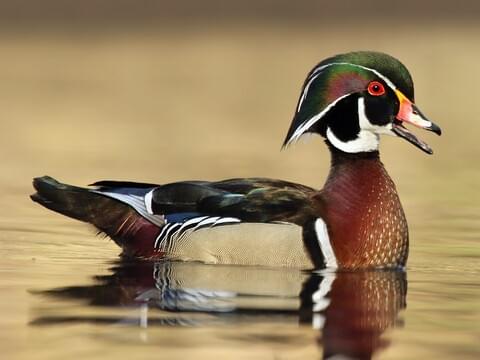
Length: Ranging from 19 to 21 inches Weight: Between 16 and 30 ounces Wingspan: Spanning 26 to 29 inches
Wood Ducks, petite ducks with a penchant for woodland environments, carve out their habitat within the depths of the forest. Thriving in wooded swampy areas, shallow lakes, and marshes, these ducks become a common sight throughout Ohio during the breeding season. Dressed in a vibrant palette of colors, adorned with stripes, patterns, and possessing a distinctively bright red eye, male Wood Ducks undoubtedly captivate with their striking appearance. Females, on the other hand, feature a white tear drop shape encircling their eyes, adding a touch of elegance. Their plumage predominantly showcases hues of gray-brown, complementing the natural surroundings they call home.
7. BLACK DUCK

Length: Ranging from 21 to 23 inches Weight: Between 1.6 and 3.6 pounds Wingspan: Spanning 35 to 37 inches
The black duck, aptly named for its dark and monochromatic plumage, is a familiar sight in Ohio. In the northeastern corner of the state, a population of black ducks can be found year-round, while the rest of the state serves as a wintering ground for these ducks. Wetlands hold a special appeal for black ducks, aligning with their natural habitat preferences. However, they can adapt to various environments and may be encountered in diverse settings beyond wetlands.
8. CANVASBACK

Length: Ranging from 19 to 22 inches Weight: Between 1.9 and 3.5 pounds Wingspan: Spanning 31 to 35 inches
Canvasbacks possess a striking physical characteristic—a long, sloping face that sets them apart. In males, the head, neck, and chest are adorned with shades of brown, contrasting with a black stomach and a white body. While canvasbacks only winter in a small section of southwest Ohio, they embark on their migratory journeys during the fall and spring, gracing most of Ohio with their presence. These magnificent ducks can be found in prairie wetlands, often referred to as prairie potholes, where they seek refuge and sustenance.
9. REDHEAD
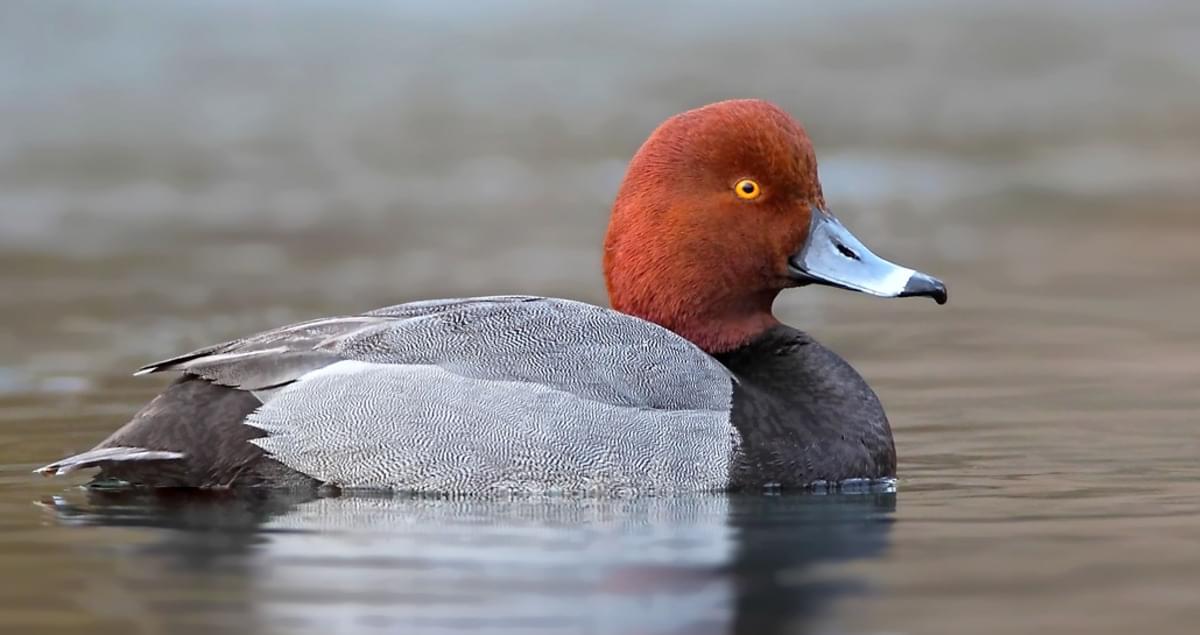
Length: Approximately 15 inches Weight: Ranging from 2 to 2.5 pounds Wingspan: Spanning 33 inches
Along the shores of Lake Erie, the redhead duck establishes a year-round presence, drawing its name from the distinct redheads of the males. During the winter, the remainder of the state becomes part of one of their primary migration routes, particularly in the southwest region, where they can be commonly encountered. These ducks exhibit a fondness for small wetlands situated in open, non-forested areas, often making appearances alongside canvasbacks, creating picturesque scenes for birdwatchers and nature enthusiasts alike.
10. RINGNECK

Length: Ranging from 15 to 18 inches Weight: Between 1 and 2 pounds Wingspan: Spanning 24 inches
Ringnecks, a species of diving duck, embark on their southward migration during winter, making appearances across the majority of Ohio. However, their stay in the state is relatively brief, as it serves as a mere stopover on their journey to their wintering grounds. Notably, both male and female ringnecks sport a distinctive blue beak adorned with a white band across the top, showcasing this shared characteristic despite their visual differences.
11. GREATER SCAUP

Length: Ranging from 15 to 22 inches Weight: Between 1.6 and 2.9 pounds Wingspan: Spanning 28 to 33 inches
In Ohio, particularly near the shores of Lake Erie, the Greater Scaup makes its presence known during the winter season. These sizable birds undertake a northern journey during the summer to breed in frozen waters of the north. Lakes serve as their preferred habitats, and as a result, sightings of Greater Scaups outside of lakes in Ohio are relatively rare. Male Greater Scaups boast a black head and chest, complemented by a distinctive yellow eye. On the other hand, female Greater Scaups also possess a yellow eye and display a brown plumage with a white face encircling their beak.
12. COMMON GOLDENEYE
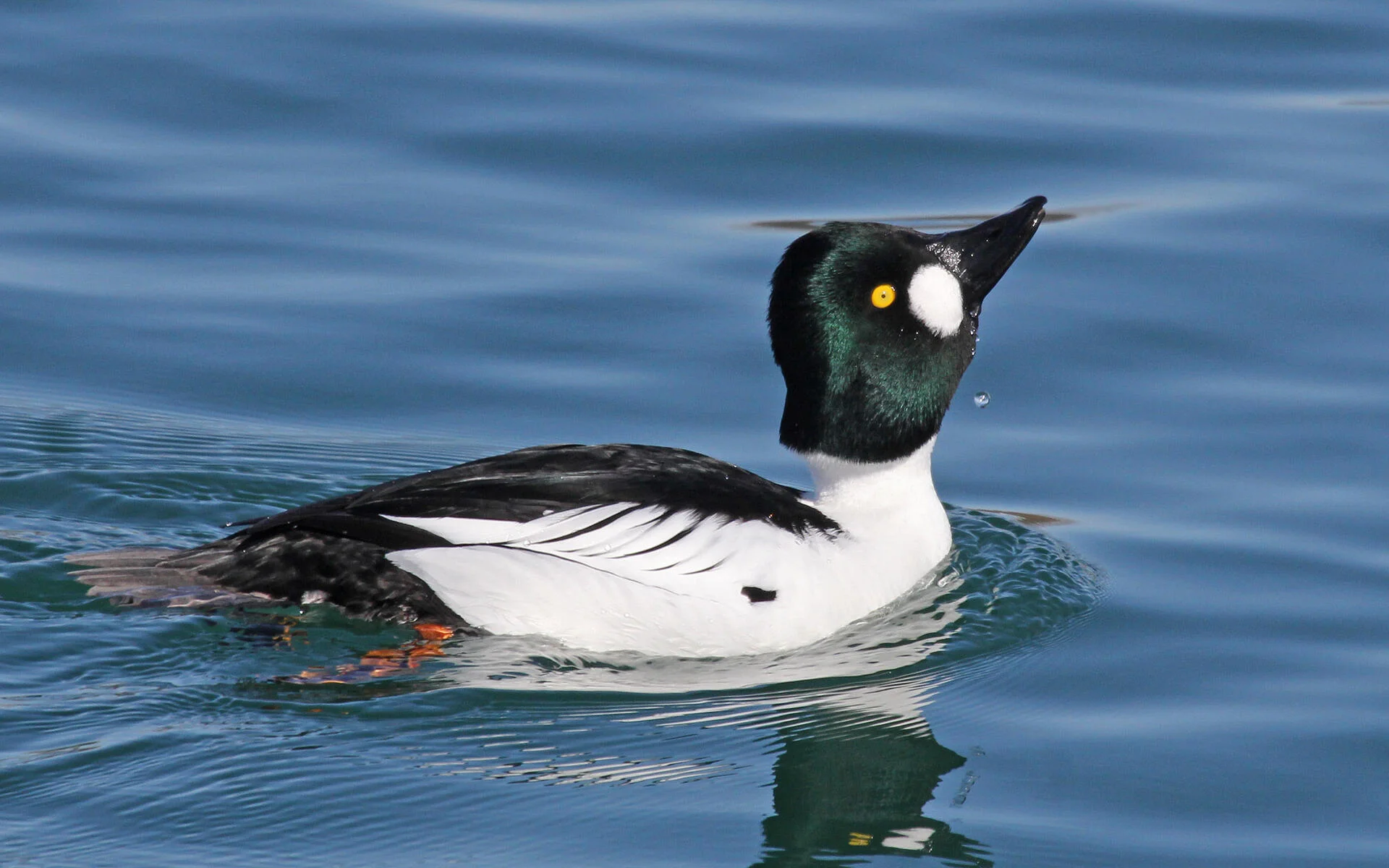
Length: Ranging from 18 to 20 inches Weight: Approximately 2.2 pounds Wingspan: Spanning 30 to 32 inches
Ohio is home to the common goldeneye, particularly during the winter season. These ducks exhibit a preference for wooded lakes and rivers as breeding grounds. However, during the winter, they transition to open water in non-wooded areas. Lakes and large ponds serve as favorable locations to spot them. Notably, male common goldeneyes can be distinguished from females by a yellow eye and a distinctive white circular patch positioned beneath it, adding a touch of visual contrast.
13. BUFFLEHEAD
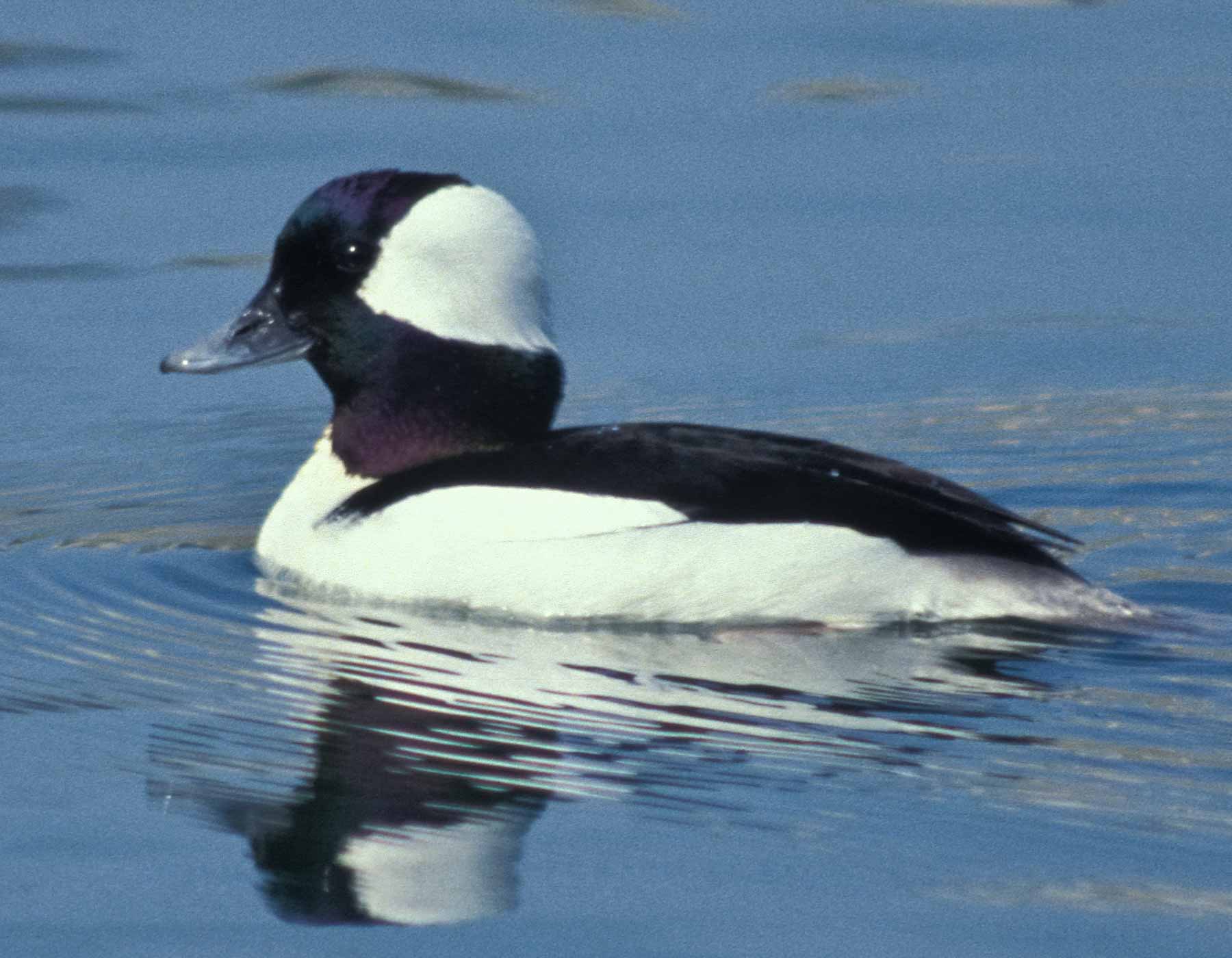
Length: Ranging from 13 to 16 inches Weight: Between 9.5 and 19.4 ounces Wingspan: Spanning 21.6 inches
During the winter season, the Bufflehead graces numerous locations across Ohio. These charming ducks tend to gather in small groups rather than large flocks, showcasing their preference for more intimate gatherings. Lakes, especially vast and open bodies of water, hold particular appeal for them as they seek out their preferred habitat. Males of the species display a distinct appearance, with white sides, a prominent white patch on the rear of their heads, and an iridescent face, adding a touch of splendor to their overall look.
14. RUDDY DUCK
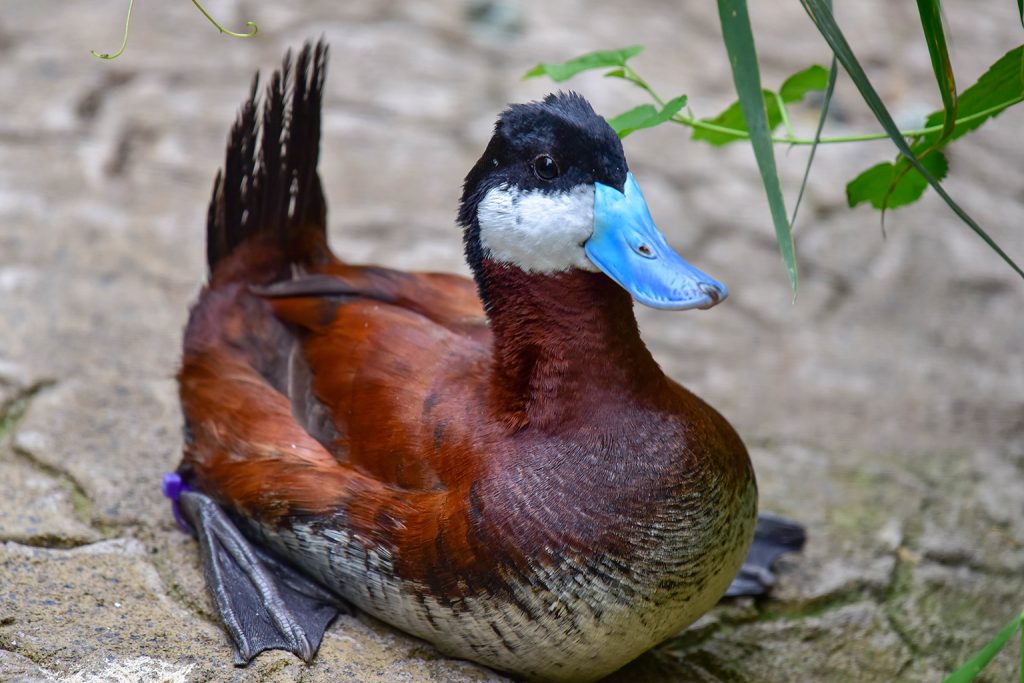
Length: Ranging from 13.5 to 17 inches Weight: Approximately 1.2 pounds Wingspan: Spanning 18.5 inches
In the marshes and ponds of the northern regions of Ohio, ruddy ducks find their breeding grounds. These ducks exhibit a preference for wetlands and their surrounding areas, often making them challenging to spot amidst the dense vegetation. Notably, it appears that Ruddy Ducks in Ohio are expanding their range. With a stout body and a distinctive fan-shaped tail that often points upward, they possess a unique physical presence. During the breeding season, male ruddy ducks sport a vivid display of colors, featuring a bright blue beak, chestnut body, and white cheeks, adding to their striking appearance.
15. GADWALL

Length: Ranging from 18 to 22 inches Weight: Between 30 and 35 ounces Wingspan: Spanning 31 to 35 inches
The gadwall, a prevalent dabbling duck in North America, holds a notable presence in Ohio during the winter months, as it becomes part of their non-breeding range. These ducks exhibit a preference for open wetlands adorned with dense vegetation, where they can be commonly found.
16. NORTHERN SHOVELER
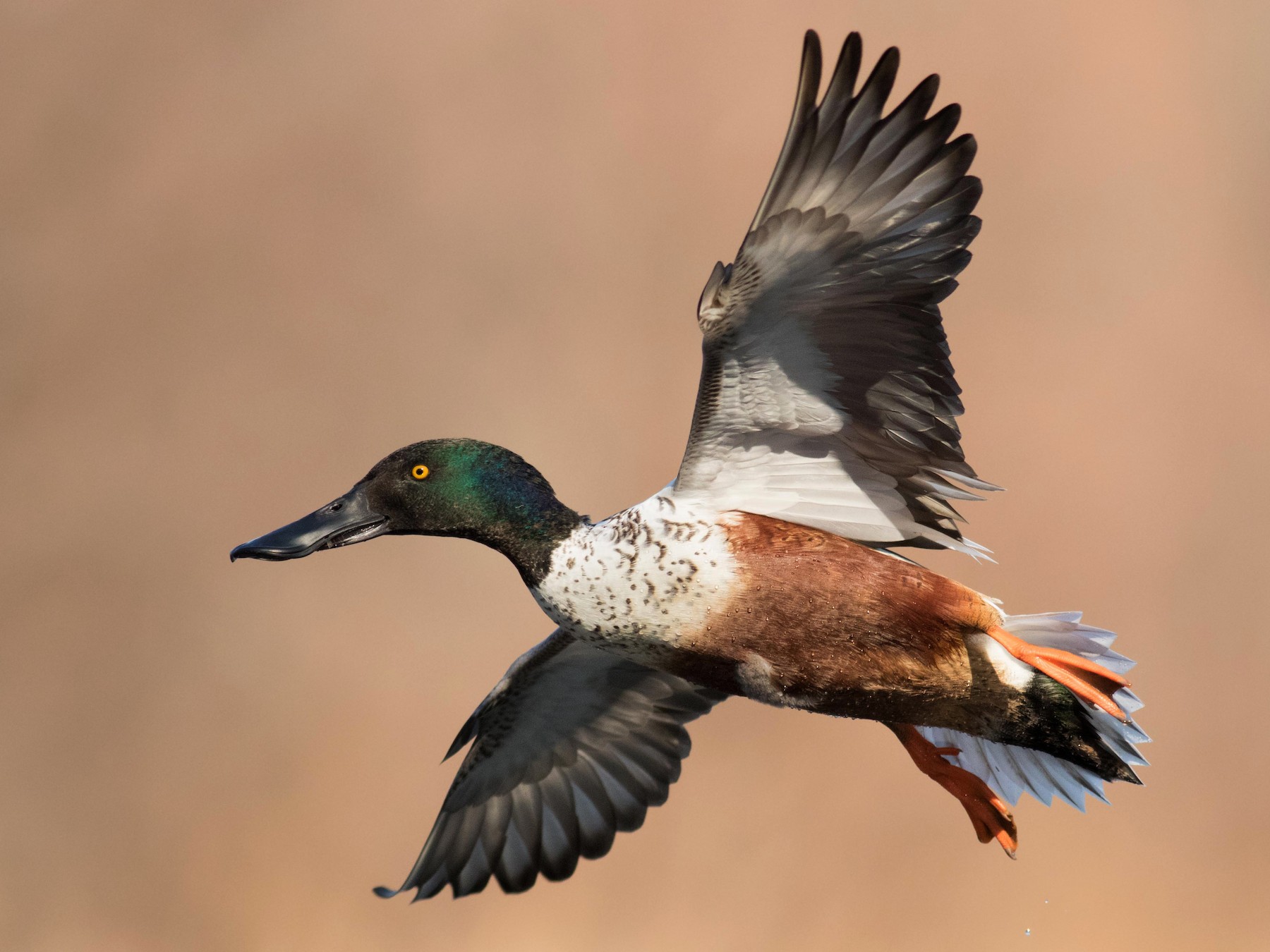
Length: Approximately 19 inches Weight: About 1.3 pounds Wingspan: Spanning 30 inches
The Shoveler, a distinctive duck species, graces Ohio with its presence during the autumn and spring seasons. These ducks are easily recognizable thanks to their remarkable shovel-like beaks, which set them apart. Situated along major migratory routes between the northern Great Plains and the shoreline, Ohio becomes a significant stopover for these migrating birds.
17. WHITE-WINGED SCOTER
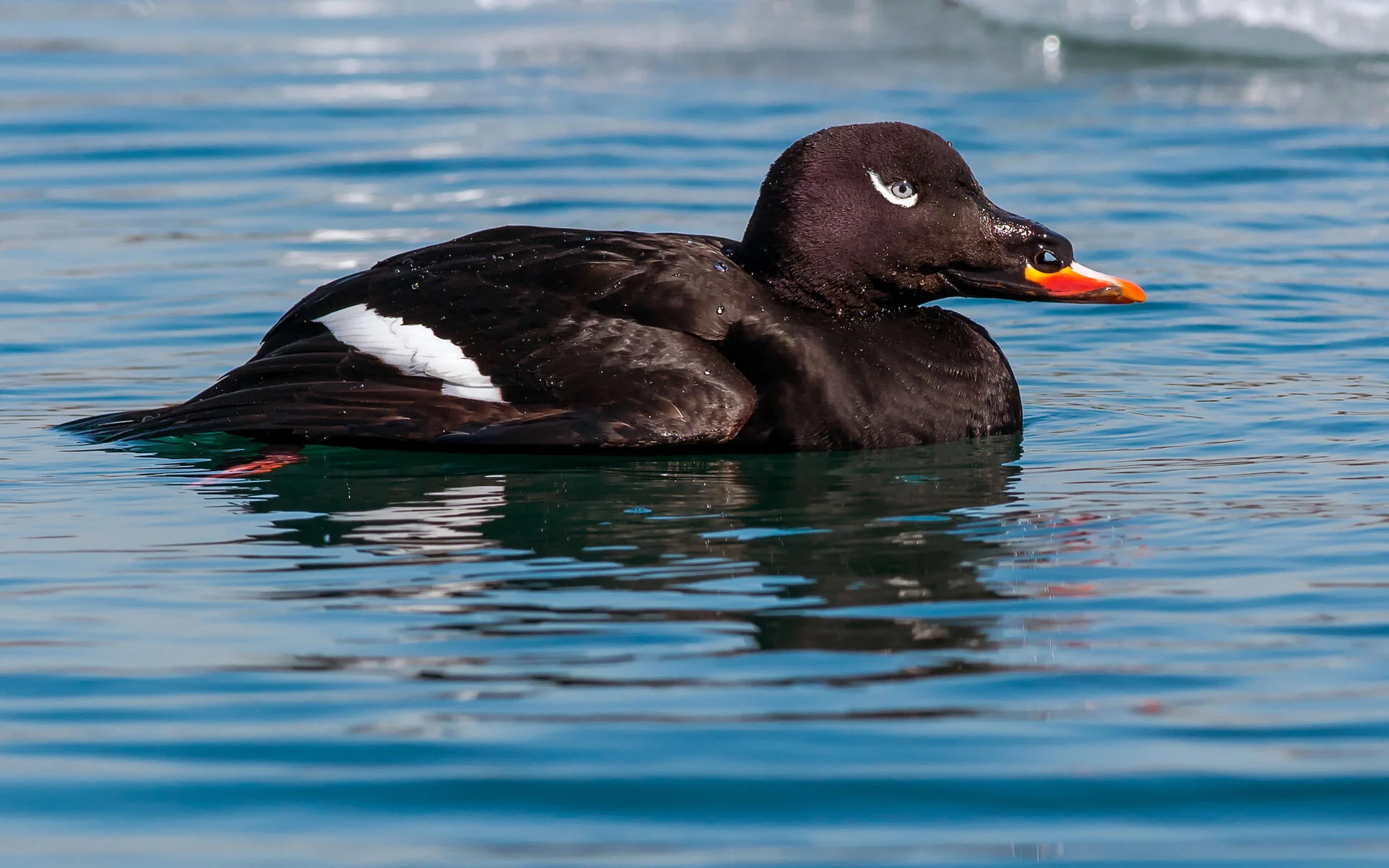
Length: Ranging from 20 to 24 inches Weight: Between 2 and 4.7 pounds Wingspan: Spanning 31.5 inches
The white-winged scoter holds the distinction of being the largest scoter species in North America. As sea ducks, they exhibit a preference for wintering along the shorelines. In Ohio, they make an appearance during their migration from their tundra breeding grounds to the Atlantic coast. During this journey, you may spot them resting and feeding along the shores of Lake Erie as they make their way to their wintering habitats.
18. LONG-TAILED DUCK
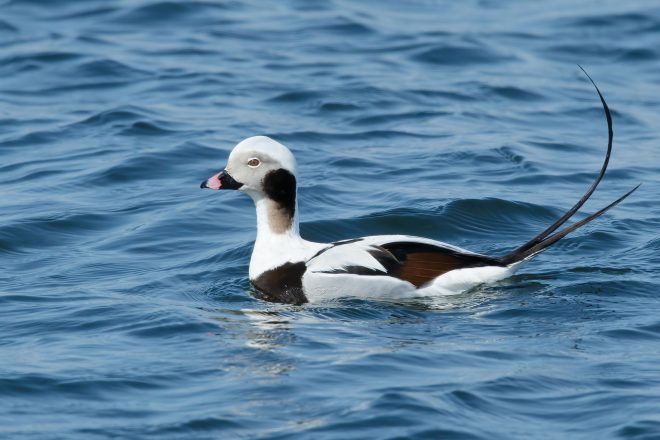
Length: Ranging from 17.5 to 23.5 inches Weight: Approximately 1.63 pounds Wingspan: Spanning 28 inches
The Long-tailed duck earns its name from the elaborate tail feathers exhibited exclusively by males. Like other sea ducks, they make a notable appearance in Ohio during their migration from the Arctic to the Atlantic coasts. As these ducks embark on their journey, they pause along the way to rest and refuel, often making stops in Eastern Ohio. Ohio serves as a crucial waypoint for these remarkable ducks as they navigate through their migration route.
